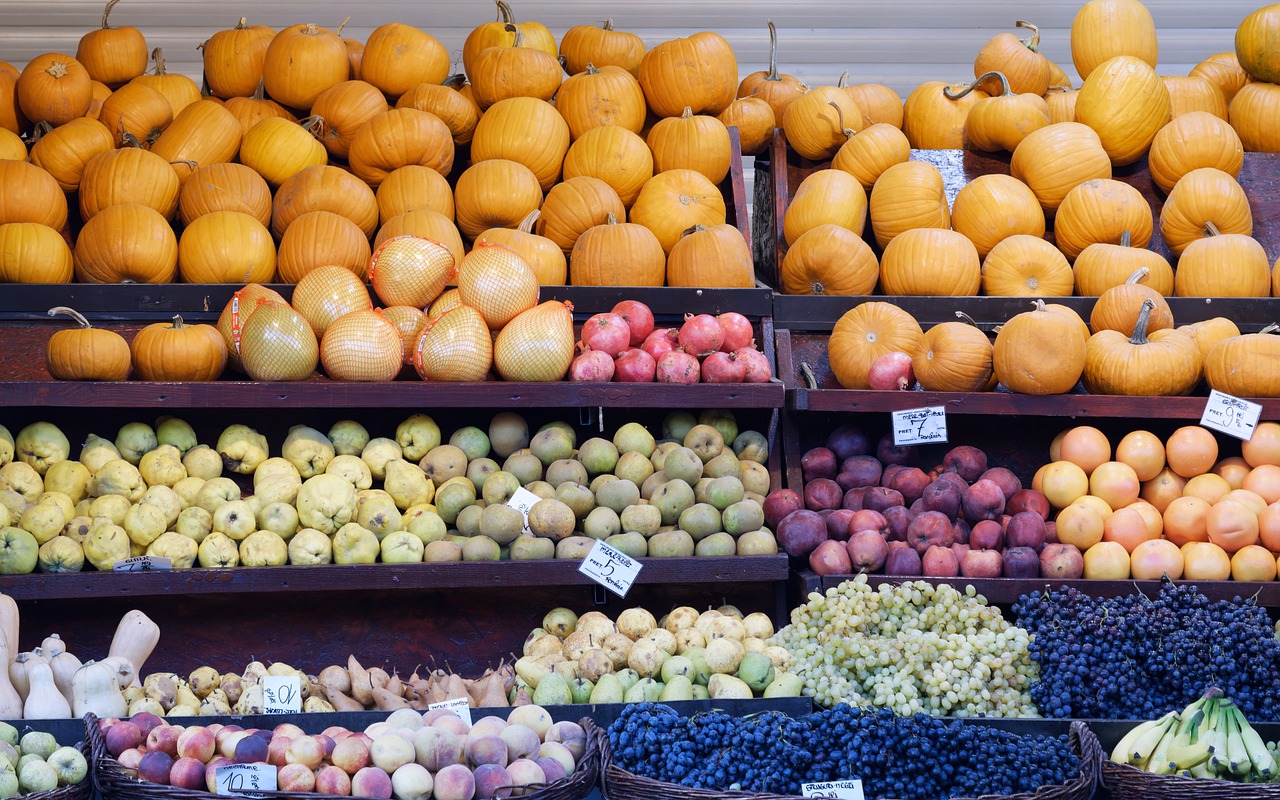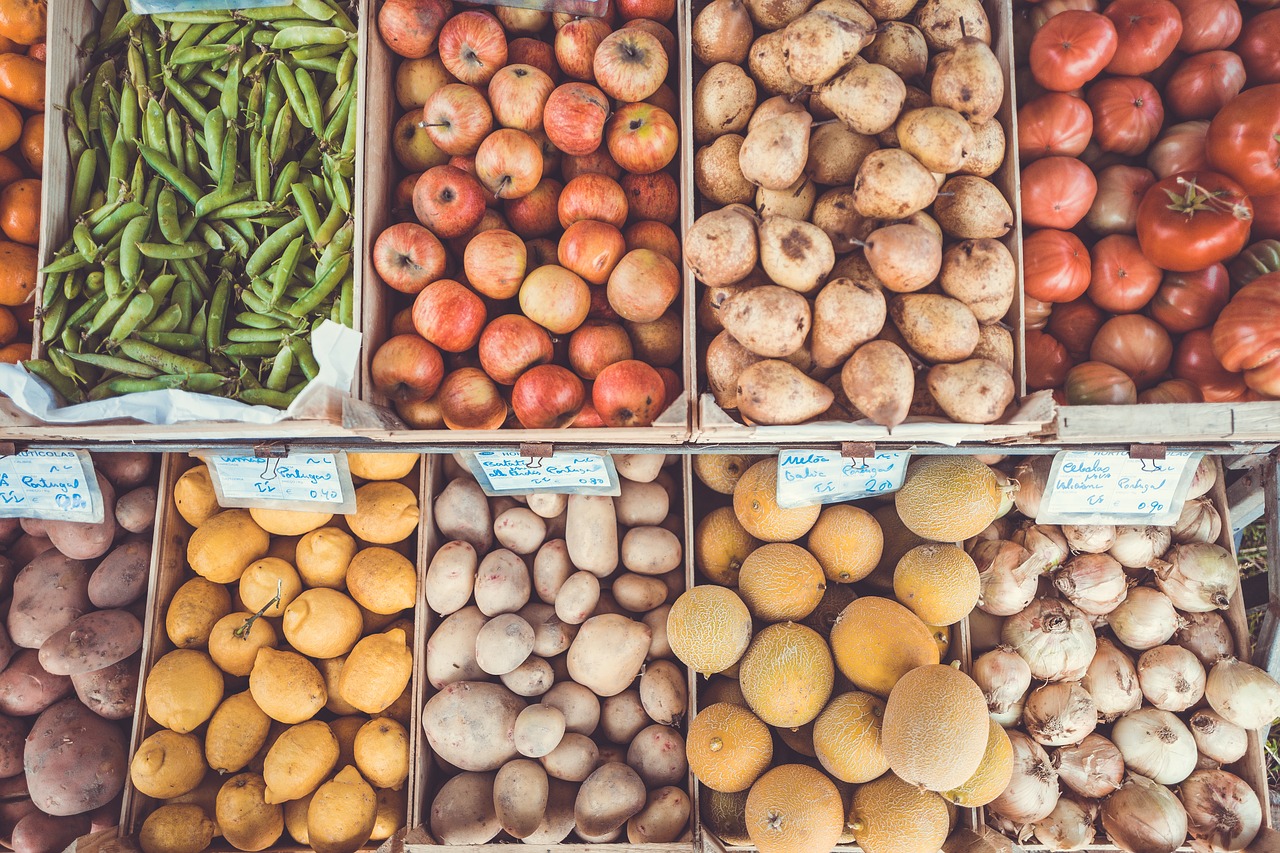
Meatless Cities: A Workshop on How Cities Can Help Lead the Transition to a Plant-Forward Food System
Virtual WebinarBy invitation only. Reducing meat consumption can help to improve human health, reduce greenhouse gas emissions as well as other forms of environmental damage, and limit the suffering of animals raised as livestock. Cities have an opportunity to help facilitate a societal transition towards a plant-forward food system, however, there are uncertainties about the limits […]



![AdobeStock_116270282 [1500px]](https://guarinicenter.org/wp-content/uploads/2023/02/AdobeStock_116270282-1500px.png)
![AdobeStock_116043556 [1200px]](https://guarinicenter.org/wp-content/uploads/2023/05/AdobeStock_116043556-1200px.png)